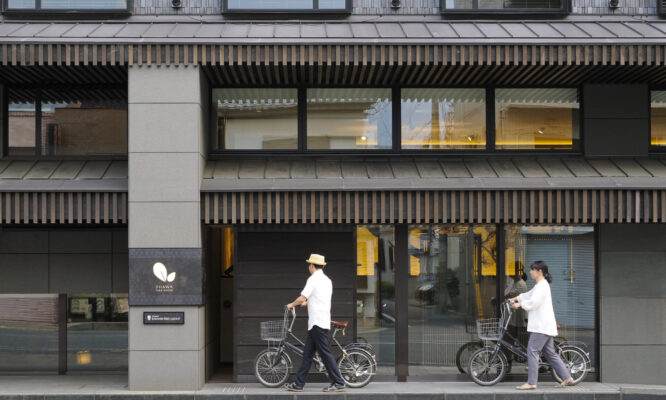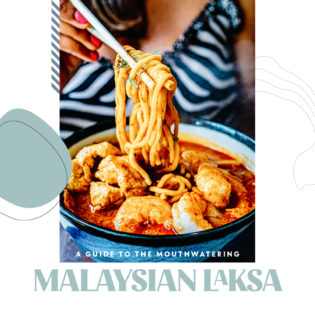Former teacher from Salamanca serves up honest traditional Spanish fare at Marta’s Kitchen.
Words Alexandra Wong Photography SooPhye
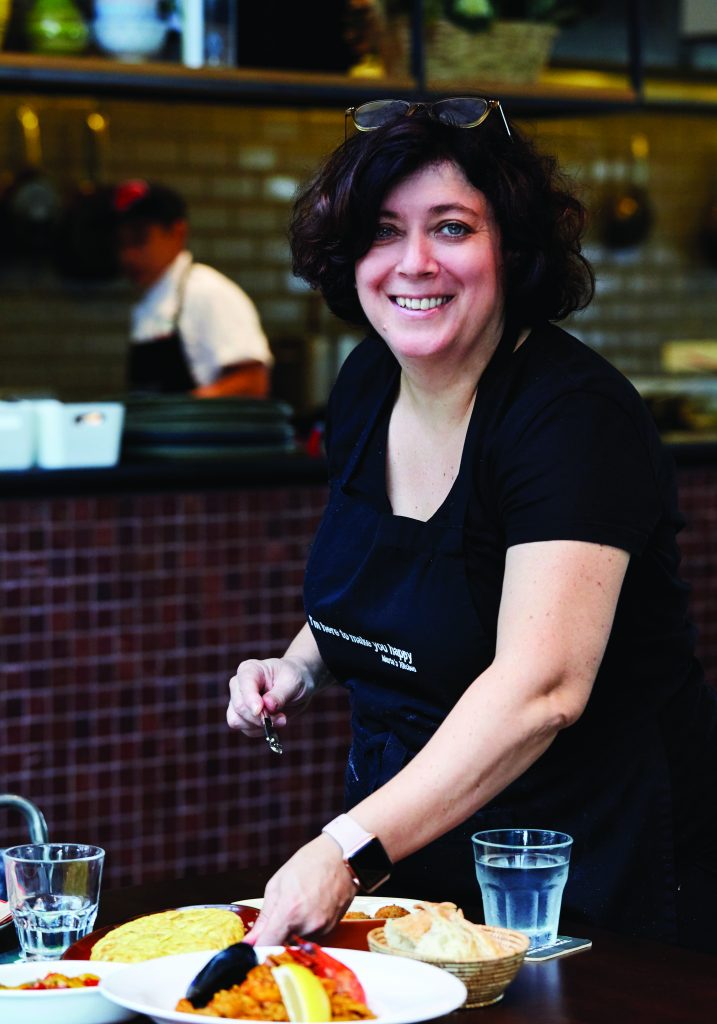
Marta Alonso Garcia stands guard over the stovetop with an expression of watchful tenderness. Using a spatula and plate, she inverts the egg mixture in the skillet, pressing the edges to keep the cushion shape and patting to check for springiness. She repeats the action at least seven to eight more times, before sliding the finished product onto a plate. The perfectly pale-yellow, perfectly round omelette is cut into wedges, revealing layers of tender potatoes steeped in a creamy-custardy filling.
“In a good Spanish omelette, the outside should be perfectly cooked, but the colour should still remain yellow, while the inside remains soft and creamy. You can only achieve that by cooking the omelette at a gentle low heat and turning it over several times to prevent over-browning. The filling is equally important: the potatoes and onions have to be slowly caramelised in extra virgin olive oil first.”

A much-beloved comfort food of the Spanish, the tortilla de patatas or Spanish omelette is one of the most popular dishes at Marta’s Kitchen, her eponymous restaurant in Desa Sri Hartamas, a suburb in Kuala Lumpur. Marta applies a fastidious, almost military-precise approach to her cooking recipe and techniques. She must be doing something right: the restaurant pulls in over a thousand patrons weekly with its menu of traditional Spanish favourites.
Highlights include croquetas de jamon (delicious deep-fried ham-and-bechamel balls), gambas al ajillo (chilli and garlic prawns), patatas bravas (deep-fried potatoes with aioli and a spicy sauce), and the unmissable paella, that intensely flavoured Valencian rice dish named after the flat pan it is cooked in. Testament to its popularity: the restaurant has sold over 30,000 plates of it since opening!
Ironically, running a restaurant was never part of Marta’s plan, though growing up as the only girl among three siblings in Salamanca, a hilly province in Spain, she spent a great deal of time in the kitchen. As a child, she helped her mother make jam and tomato preserves and loved to frequent the butcher and fish market.
Despite her passion for cooking, being a chef for Marta was absolutely “not an option as a job. Back then, we didn’t have all these fancy schools that turn out chefs.” She became a teacher and cooked mostly for her family until she was nearly 40, when she enrolled in a course to learn the professional side of cooking in Holland, where she had relocated after her marriage to Dutchman Finn Leijnse. “The school had a restaurant that we students ran, but after a year or so, I left because it took too much time away from my two young children.”
It wasn’t until her husband, an IT engineer, relocated to Malaysia that the idea of a restaurant was mooted. Bored with the expat lifestyle, Marta conducted weekly cooking classes and started catering for small-scale events. When her husband’s contract was up, he suggested opening a restaurant.
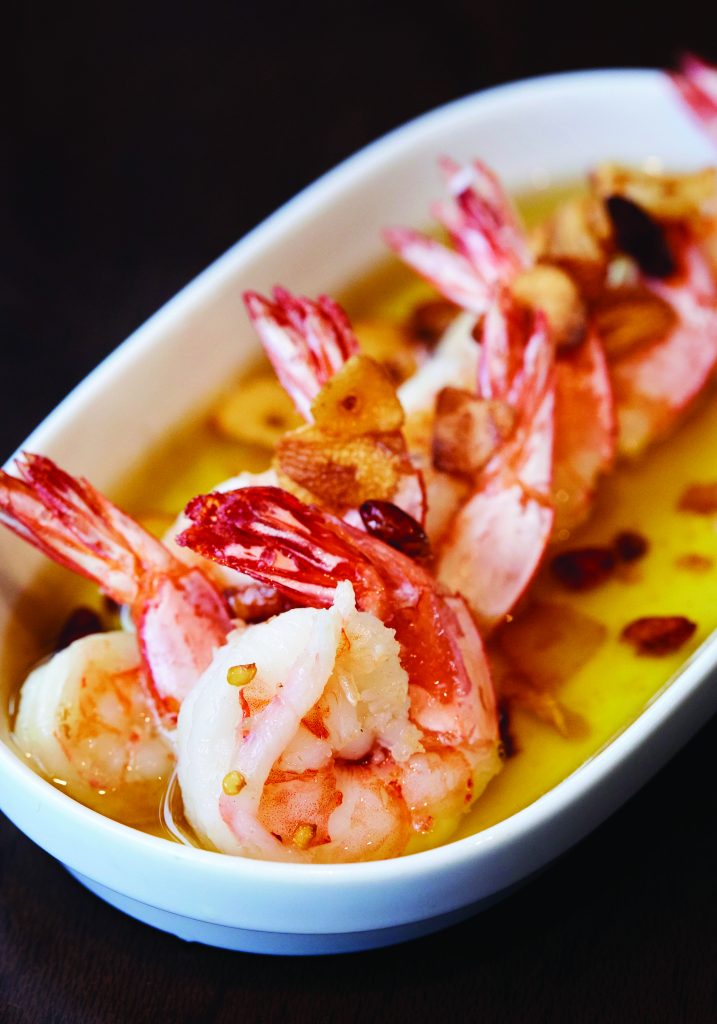
She was apoplectic, Marta recalls with a laugh, but after a good hard think, she decided to go for it. Her side hustle had swollen to the point that one weekend, she found herself having to cater to three events for 275 people! Her husband assured her he would go back to his original job after the restaurant was up and running, but that never happened of course. “Suddenly people discovered the place and were coming and coming and he couldn’t go back to his work,” she says.
Two years later, Marta was offered a bigger venue across the original site of her restaurant. Sprinkled with subtle touches of Spain, the spanking new site, which can seat up to 250, recreates the lively social vibe of the original place where the tapas tradition started. According to lore, the tradition of tapas (the word tapa literally means “lid”) started in Andalusian taverns, where beverages were served with a small lid on top to keep flies out. Then tavern owners realised that they could use the saucer to serve small bites to entice customers, hence the beginning of the tapas tradition. Because the serving of food was small enough, people in Spain would hop from bar to bar sampling different types of tapas.
“Here, we aim to bring together all the best tapas experiences under one roof,” Marta explains.
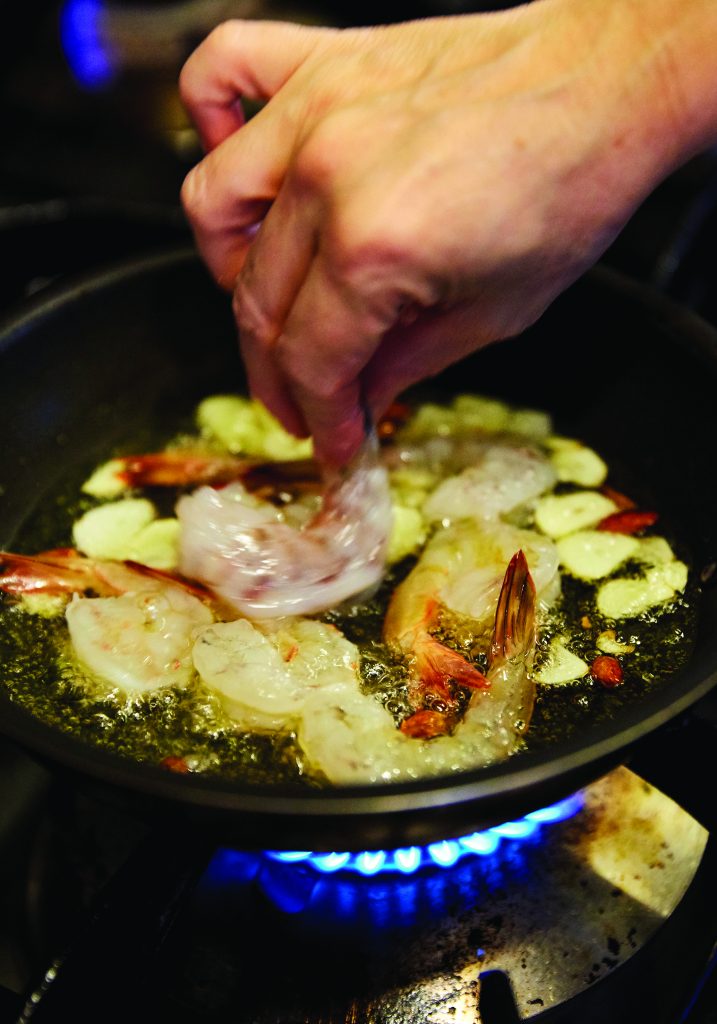
Defining Spanish ingredients such as olive oil, lemon, garlic, parsley, oregano, paprika and pimiento, a sweet and hot spice, make a prominent presence in her repertoire. While Marta stays true to her Spanish roots, she sources her ingredients locally where possible, except for speciality items such as Iberico ham and cheese. For example, her husband goes to the Taman Tun Dr Ismail market four times a week to get seafood.
Working with local ingredients does require some adjustments. “Did you know that tropical prawns and prawns from cold waters react differently? In Spain, you heat up the oil, turn off the fire, put in the prawns and cover the prawns, and the prawns are done. Here, we cannot do that because the meat is very crunchy and sweet. So we need to fry them first.”
Marta’s motto is to only serve her customers what she would serve her kids, so everything is made from scratch without additives. “Feeding people is such a huge responsibility. It is a lot of work to create a menu that is good and consistently good. I’ve never worked so hard in my life. For three years, I work 80 hours a week and since July, I got three days off,” she says ruefully.
Long hours, military precision, perfectionism – where is the fun part?
“To see people enjoying the food. On Sundays, I have Spanish couples in their 30s with kids coming here and they act the same way like they would when they go to see their mum because they feel at home. They tell me that the food is exactly how one would taste it in Spain. That makes a world of difference to me and keeps me going.”
facebook.com/MartasKitcheninKLPaellaBar
 Cook Like A Chef
Cook Like A Chef
Marta shares her recipe for Spanish Omelette.
- Ingredients:
- 6 eggs
- 500g potatoes
- 100g yellow onion
- 250ml olive oil
- 1 tsp salt
Method:
- Peel, wash and thinly slice the potatoes.
- Soak them in water for 10 minutes.
- Mince the onion.
- Warm up the oil in a pan.
- Fry the potatoes and the onion at low heat until soft.
- Drain the potato and onion mixture. Put aside.
- Beat the eggs. Add salt and mix well.
- Add potato-onion mixture into the eggs.
- Warm up a pan with 15ml of olive oil. Pour the potato, onion and egg mixture into the pan.
- After 30 seconds, turn the omelette over to the uncooked side.
- Repeat the action until omelette is cooked to your taste.
- Serve on a round plate.
